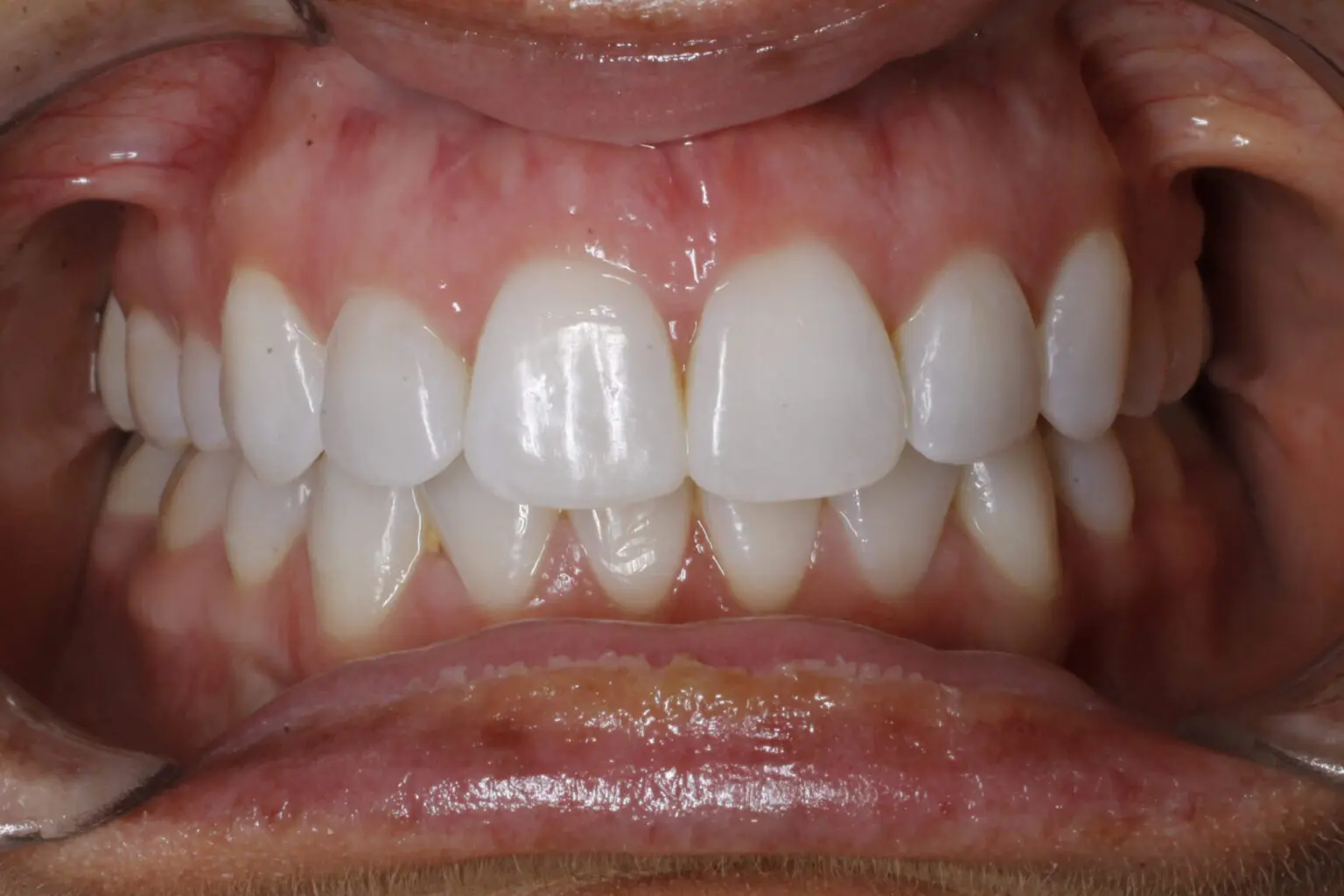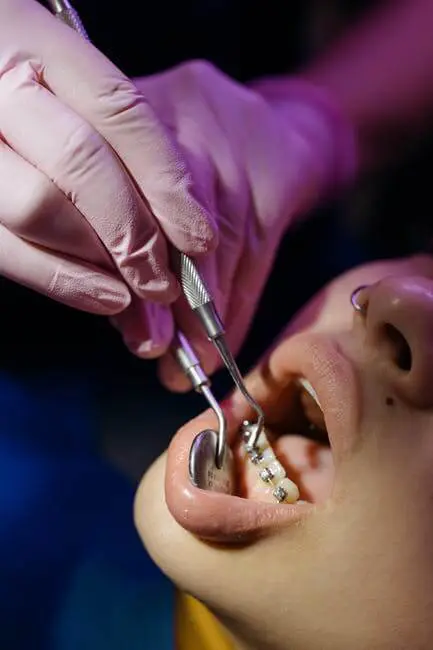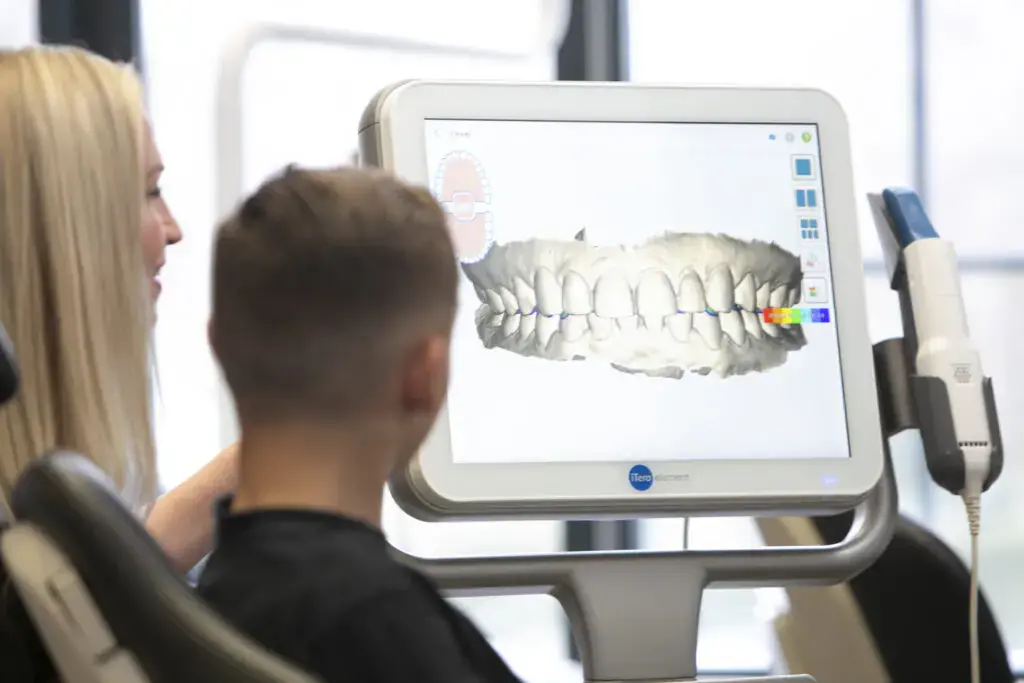About 4 million people in North America below the age of 18 wear braces. The American Association of Orthodontists recommends you speak with an orthodontist before your child turns 7. If you decide on interceptive orthodontics, however, you might want to check sooner.
About 45% of children need braces to fix functional problems. Meanwhile, 75% of children benefit from orthodontics.
Interceptive orthodontic treatment allows you to get ahead of the curve.
What exactly is this form of treatment, and how can you tell your child needs it? Keep reading to find out!
What is Interceptive Orthodontics?
Interceptive orthodontics in pediatric dentistry helps children while their primary teeth are still growing. This form of treatment allows orthodontists to identify and correct oral issues before they can become larger problems.
By getting ahead of the curve, you can help your child avoid developing oral problems by focusing on the root cause.
When is the best time to begin interceptive orthodontic treatment?
Remember, it’s important to schedule your child’s first orthodontic appointment by the age of 7. Why? By then, they’ll have a combination of their baby and adult teeth.
This is the perfect time for an orthodontist to diagnose any incoming issues, such as an overbite.
Your orthodontist will flag any potential red flags. In most cases, an orthodontist will wait until children have all of their adult teeth before starting treatment. Sometimes, however, children are ideal for interceptive orthodontic treatment sooner.
There are two phases involved with this form of treatment. Phase One ensures the face and jaw grow properly using an orthodontic appliance. With Phase Two, your child will wear braces or Invisalign aligners to move their teeth into place.
Pros of Starting Early
Are you on the fence about starting your child on interceptive orthodontic treatment? Here are a few benefits to consider:
- Corrects bad dental hygiene
- Helps children with speech problems
- Improves the child’s self-esteem
- Helps decrease the risk of primary tooth loss caused by decay
- Improves early teeth problems like crowding
- Guides permanent teeth as they grow
- Relieves headaches
- Eases earaches
- Shifts protruding teeth into the right direction
- Improves the space for permanent teeth
- Helps decrease the risk of tooth extractions due to improper growth
Beyond all else, your child will also have perfectly aligned teeth for a stunning smile! A straighter smile will boost their self-esteem, helping them grow up with confidence.
Cons of Interceptive Ortho Treatment
It’s important that your child understands the treatment before you make this decision. Younger children might struggle to understand the “rules” involved. For example, they’ll have to reduce their intake of sweets and chocolates.
Consider your budget as well. Choosing interceptive orthodontics for your child is a commitment. You’ll need to consider future appointments, appliances, and other costs beforehand.
The cost can depend on the severity of your child’s needs. In most cases, treatment can cost between $2,000 and $8,000.
There are financial aid options available as well.
Signs Your Child Needs Interceptive Orthodontic Treatment
Does your child need early interceptive orthodontics? Here are a few signs to watch out for that can help you determine if they require treatment.
1. Overcrowded or Crooked Teeth
Take a look at the appearance of your child’s teeth. Do they appear overcrowded? Are they starting to grow in a little crooked?
Your child could start complaining of discomfort if their adult teeth grow in at odd angles. They might feel concerned about their smile as well.
Their self-esteem could drop as a result.
There are some interceptive orthodontic procedures available that can help ease overcrowding or prevent crooked teeth.
2. Mouth Breathing
Does your child breathe through their mouth? You might notice they snore, have bad breath, or cracked lips. A dry mouth and daytime fatigue are common as well.
When left untreated, mouth breathing can lead to changes in how the jaw is structured. Your child could also develop gingivitis.
Gingivitis is a gum disease that causes tender, swollen, or puffy gums. Their gums might bleed and recede as well. When left untreated, gingivitis can lead to periodontitis and tooth loss.
They might develop a gummy smile and narrow upper jaw.
3. Issues Chewing
Oral health issues could cause your child to shift their jaw when they need to chew. They might complain that their gums and teeth feel sore when they eat.
Chewing issues could indicate they’re an ideal candidate for interceptive orthodontic treatment.
4. Abnormal Tooth Loss
Most children stop losing their teeth by the time they turn 12. When your child loses their baby teeth is important. Otherwise, their adult teeth might not erupt properly.
If your child is losing their baby teeth before they’re about 6 or 7, speak with an orthodontist.
5. Finger/Thumb Sucking
Most children stop sucking their thumbs between the ages of 2 and 4. An older child might continue this habit, however, which can cause their upper front teeth to stick out.
They might develop speech problems and teeth crowding as a result.
Try to help your child to stop this habit as much as possible. Positive reinforcement and gentle reminders are great ways to help them. You might need to distract them with an alternative activity instead.
6. Difficulty Speaking
Has your child developed speech problems, such a lisp? Perhaps they have a difficult time pronouncing certain words or speaking in full sentences. These are all signs they have a misaligned jaw or teeth.
When their upper jaw narrows, it can make speech resonance difficult. Orthodontic treatment could help.
7. Crooked Jaw
Pay attention to your child’s jaw. Does it appear out of alignment? You might need to visit your orthodontist before it becomes a bigger problem.
By visiting an orthodontist, you can start your child on the right course of treatment before these issues progress.
Straighter Smiles: 7 Signs Your Child Needs Interceptive Orthodontics
Set your child up for success. With interceptive orthodontics, you can help them develop a straight, stunning smile.
In the meantime, they’ll avoid oral health issues that could become costly down the road.
Not sure which course of treatment is right for your child? We can help.
Schedule an appointment with our team today to get started.



